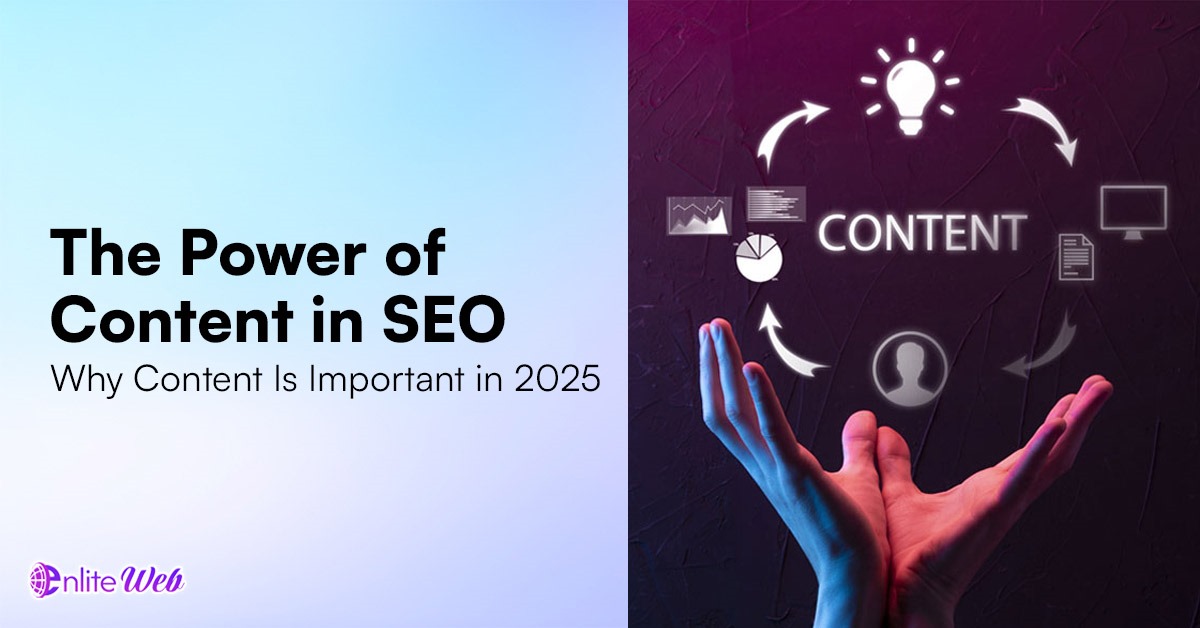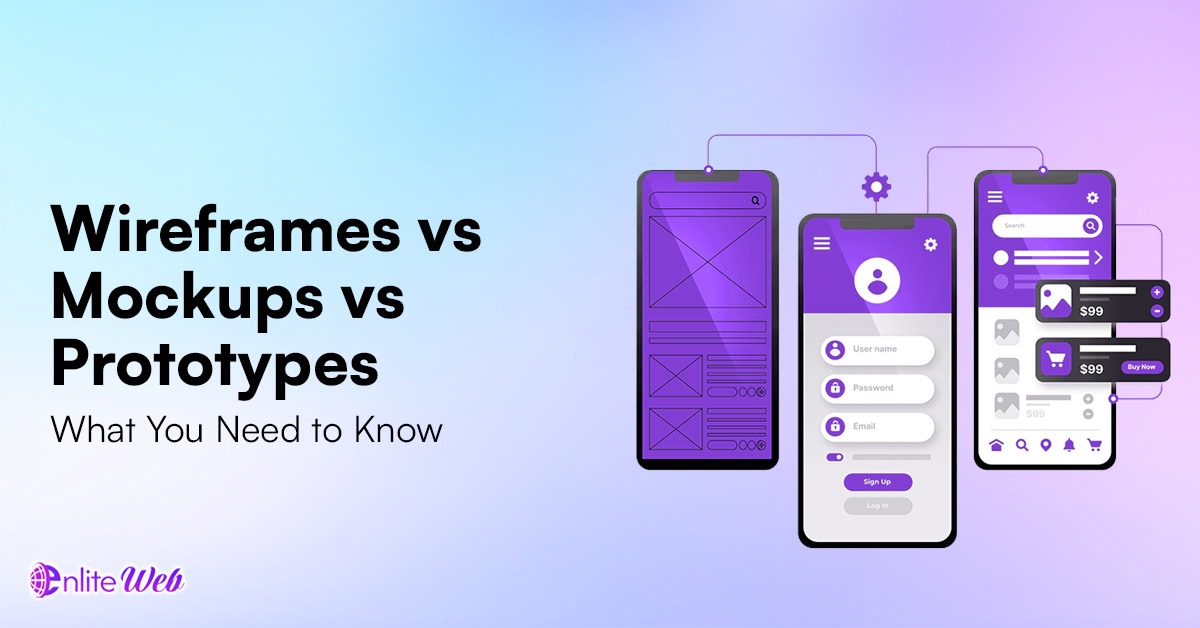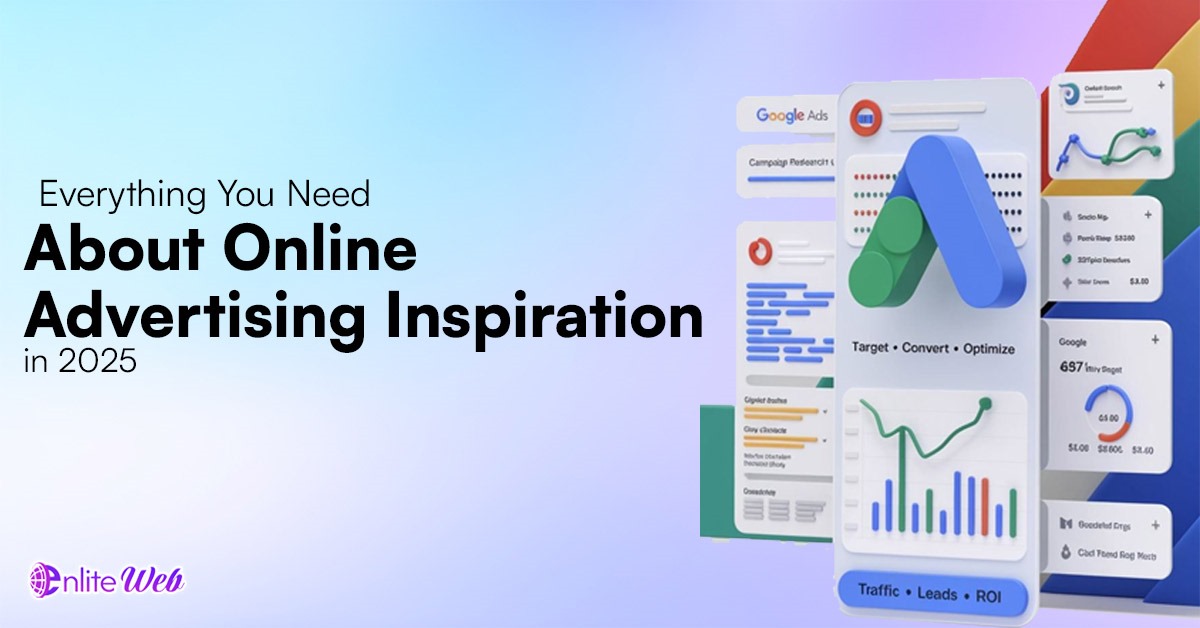Suppose you created the most beautiful, easy-to-use storefront in the world. It boasts of an awesome layout, quick checkout, and friendly design. However, there is one issue: the shelves are all empty. The customers come in, browse, and walk out, as they have nothing to see, touch, or purchase. You have a digital storefront, and your webpage is the shelf stock in the digital world. Without it, even the technically perfect site is nothing more than empty space, and there is no need to go there. This is where the real strength of content in SEO is used. And it is the content that appeals to search engines and, more crucially, to human beings who use them.
Search engine optimization (SEO) can be spoken of in technical jargon such as backlinks, site speed, and schema markup. Much as these elements are key, they are the framework to your content, which is the main event. The search engines owe their existence to content. People seek answers, solutions, entertainment, and information. Those things are given by high-quality content. It is the link between the search query of the user to your site; it is a mere question that can turn into a potential customer relationship.
In this guide, we are going to look at the basic relationship that exists between content and SEO. No, you will not only understand why content is important, but also how it directly relates to the visibility, authority, and potential of your website to turn visitors into loyal customers. We will demystify how search engines such as Google analyze what you post and give practical action plans on how to leverage the power of content in SEO for your business.
What is Content in the Context of SEO?
In discussing content, we may imagine only blog posts. Although blogs are one of the foundations of content marketing, this word has a much broader scope of materials. Basically, any information that remains on your website and is indexable by a search engine is content. This includes:
Web Page Text: This is everything you write on your home page, about us page, service pages, and product descriptions.
Blog Posts and Articles: Detailed articles addressing questions, solving issues, and sharing expertise.
Case Studies: Lengthy narratives of the way you assisted a client in succeeding.
White Papers and E-books: Authoritative content with long-form content that is heavily research-based.
Videos and Transcripts: Videos and text versions make the content interesting to watch and read, respectively, and searchable by the search engine.
Infographics: graphic illustrations of the data that are extremely shareable.
How-Tos and Guides: Step-by-step practical guides that are of invaluable value.
Glossaries and frequently asked questions: Sources that explain terms and provide the answer to the most frequently asked questions, making you an expert.
All these formats have their purpose, and they are all directed to achieving the same goal: giving value to the user. Such value is what search engines are made to seek and reward.
The Content and SEO Symbiotic Relationship.
SEO is not a different marketing strategy from content; it is two sides of the same coin. Effective SEO is impossible without quality content, and even the best content will not get to its full potential without good SEO.
Think of it this way:
Content is the payload. The information is what appeases user intent.
SEO is the delivery system. It is the structure that allows search engines to search, index, and prioritize that information.
In producing content, you are supplying raw materials to search engines. By optimizing that content, you are heightening its relevance and quality to be identified to them, which will likely lead to an increased number of it being displayed to the appropriate audience. This is what makes the content the key concept of SEO.
The Secret of Content in SEO to Get to the Top.
The objective of the search engines is to deliver the most useful, relevant, and reliable information to the user in response to his/her search query. The best signal that you can use to demonstrate that your website matches these requirements is high-quality content. Let’s break down how it works.
Satisfying Search Intent
Search intent is the why of how the user searches. Do they want to know about something (informational), purchase something (transactional), locate a particular website (navigational), or research alternatives before making a purchase (commercial)?
It is not negotiable to create contents that target the intent of the user directly. When one types in the query of how to fix a leaky faucet, they do not want a sales webpage of a plumber, but a step-by-step tutorial with pictures or a video. With the perfect matching of the intent in the content you give, you are telling Google that your page is worth a result. This will result in increased ranking because the search engines will rank the pages that please the user. This huge content power in SEO can be most evident when the user intent is fulfilled with accuracy.
Building Topical Authority
Experts are relied upon by search engines. Their authority in terms of topicality is one of the measures of expertise. This is the perceived power that your site possesses in a given area of subject. This is not something you can get by publishing a single or two haphazard articles.
Topical authority is developed through the continued generation of in-depth content on a few topics. Suppose you are a gardening website. By producing an article collection that includes all the aspects of tomatoes, such as how to select the right soil, how to prune tomatoes, how to use natural pest controls, etc., you prove that you know a lot about the topic. Such a network of related material makes Google think that you are an expert in the area of gardening, and it will thus be more inclined to give high ranks to all gardening-related pages on your site. This business strategy demonstrates the long-term strength of content in search engine optimization.
Earning High-Quality Backlinks
One of the strongest ranking factors in SEO is backlinks, i.e., the links of other sites on yours. Nevertheless, you cannot get links by asking. You build them by making content that is valuable, insightful, or unique enough that other people will be interested in sharing it with their audiences.
This has been referred to as link-worthy content or a linkable asset. It may be an innovative report on research, a comprehensive guide, a lovely infographic, or a free tool. By linking to other sites that are authoritative to your content, you are essentially endorsing the quality of the content. This vote of confidence transfers power to your webpage, increasing your overall SEO campaigns. One of the direct methods of using the strength of content in SEO is the creation of such assets.
The power of content to motivate users into interacting and converting.
Having people go to your site is not the whole battle. When they get there, what you have to do is keep them there and lead them to an action you want them to take. This is where the role of content is more than a mere SEO tool, but one that drives the business.
Dell time and bounce rate.
Dwell time refers to the time a visitor spends on your page after clicking through search results. The number of visitors who leave your site without visiting more than one page is the bounce rate. These two are significant user engagement indicators followed by Google.
Interesting content, such as an interesting story, a useful video, or an interactive quiz, will help visitors to spend more time. When a user spends a few minutes on your page, it will signify to Google that one has found what they were seeking. This good news can strengthen and even better your rankings. On the other hand, when you get users to visit your page and they leave at a glance, this means that the content was not relevant or of low quality, and this can negatively affect your rankings in the long run.
Directing the Customer Journey.
Content is your 24/7 salesperson. It is also able to encounter its potential customers at each level of their buying process, including first awareness and the ultimate point of purchase.
Top of the Funnel (Awareness): Blog posts, social media updates, and infographics may help draw users who are in the process of initially researching a problem. As an example, an article with the title 5 Signs You Need a New Mattress attracts the audience who is not yet ready to make a purchase but is willing to receive the information.
Middle of the Funnel (Consideration): Use cases, product comparison guides, and webinars allow users to check their options. One can use a guide on Memory Foam vs. Hybrid Mattresses to reduce the available options when he or she is sure that he or she needs a new mattress.
Decision or Bottom of the Funnel: Once a user has been convinced of something, testimonials, product page descriptions, and free trials or demos may help them switch.
You establish trust by developing content at each level, and you nurture the prospects towards customerhood in a gentle manner. This is one of the strategic applications that is evidence of the strength of content in SEO and its effect on the bottom line.
Tips to take and implement in order to come up with content that rules the SEO.
It is excellent to comprehend the theory, but it is practice that brings about results. The following are steps that can be implemented to generate content to drive your SEO strategy.
Do Good Keyword Research: You must be aware of what your audience is searching for before you write a word. Find the keywords with decent search volume and use such tools as Ahrefs, SEMrush, or even the free Keyword Planner of Google. Target long-tail keywords (3-plus words), because they can have more definite intent and be less competitive.
Competitor Analysis: Enter your target keyword and find out what websites are on the first page. Analyze their content. What topics do they cover? What is their format? How long is their content? You are not supposed to imitate them; you are to do something more, more detailed, more modern, or exciting.
Organize Your Text to be read and searched: No one is going to read a wall of text. Break up your content using:
Brief paragraphs: You want a minimum of 2-4 sentences per paragraph.
Headings and subheadings (H1, H2, H3): They aid in the scanning of your content by readers and search engines to know the hierarchy of your content. Naturally, add one of your target keywords to some of these headings.
Bullet and numbered lists: These are simple to read and digest.
Bold font: It should be used to highlight important things.
Write To Humans, Optimise Robots: That is the golden rule of modern SEO to write to the audience first. Be natural, conversational. Tell stories. Use analogies. Invest in what is really valuable. After having a good draft, you can always come back and add your target keyword and other related words where they are naturally placed. True human interaction is one of the components of content power in SEO.
Use Visuals: Pictures, videos, and infographics are not just a way of making your page look good. They are able to clarify complicated content, enhance interaction, and improve time spent on the site. You should also make sure to optimize your images with descriptive file names and alt text to provide the search engines with more context.
The Future is Content
The requirement for high-quality information is something that will never change in an ever-changing digital world. Search engines will keep evolving and become even more intelligent in terms of the ability to differentiate between average content and truly remarkable content. Gaming the system tactics will eventually die, but the strategy of adding value to the users will never be punished.
Content is a strength of SEO, and it is not a craze but the core of a long-term digital marketing strategy. When you invest in producing valuable, relevant, and engaging content, you are not only optimizing your search engines, you are creating a long-lasting business asset. You are establishing authority, building trust, and creating a loyal following that will refer to you repeatedly. You should not treat content as a job anymore, but you must treat it as what it really is, and that is the best weapon of organic growth.



